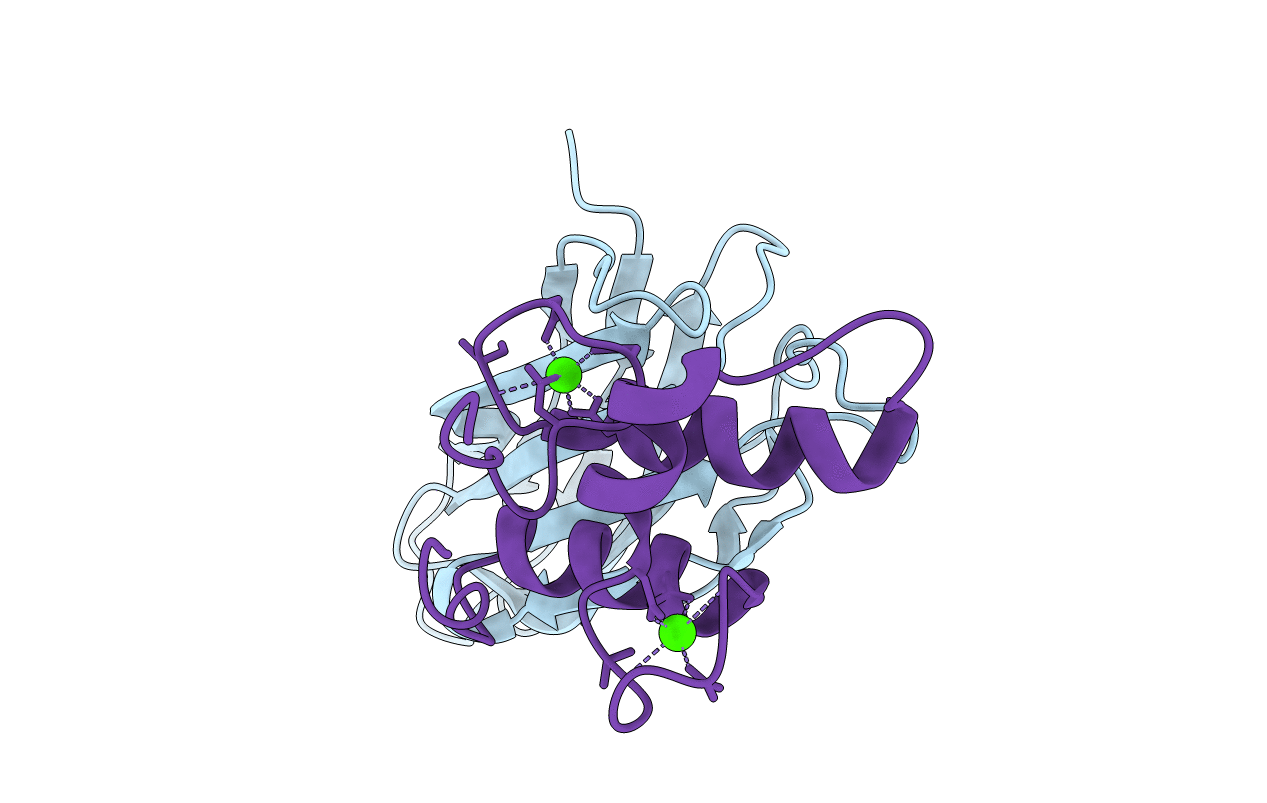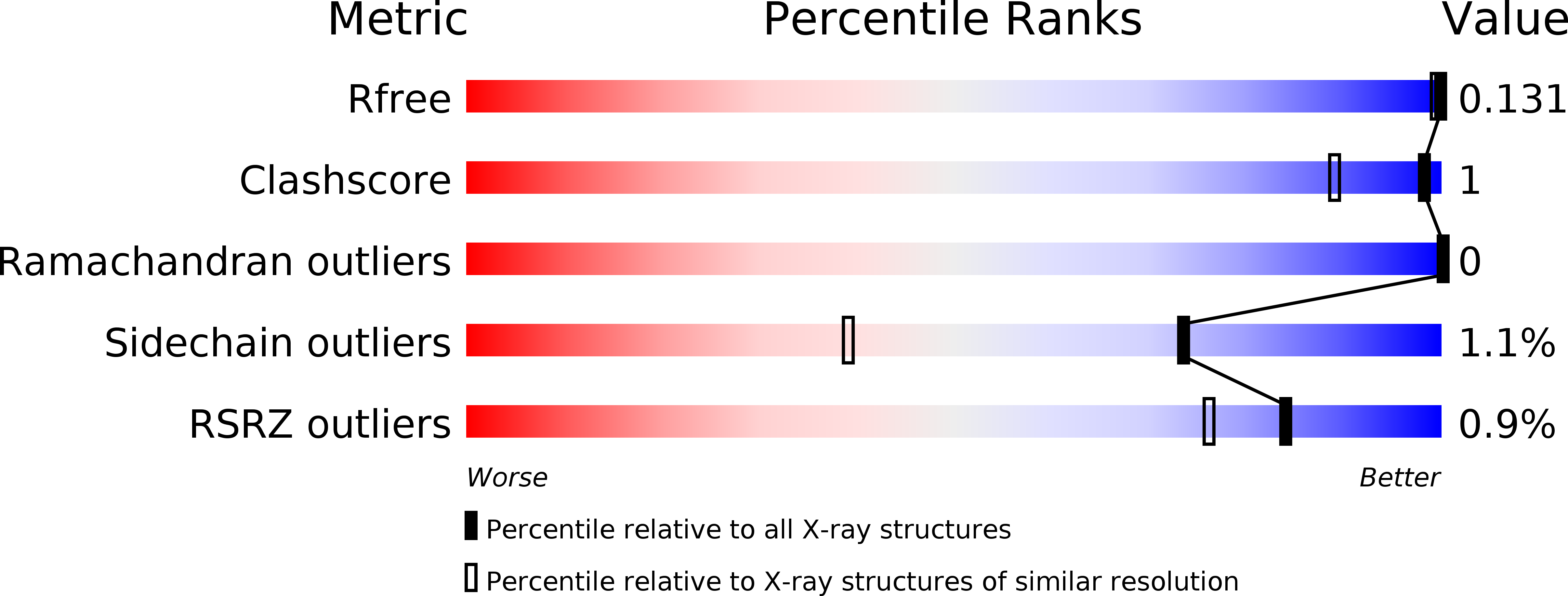
Deposition Date
2016-10-13
Release Date
2017-07-05
Last Version Date
2024-01-17
Entry Detail
PDB ID:
5M2O
Keywords:
Title:
R. flavefaciens' third ScaB cohesin in complex with a group 1 dockerin
Biological Source:
Source Organism:
Ruminococcus flavefaciens FD-1 (Taxon ID: 641112)
Host Organism:
Method Details:
Experimental Method:
Resolution:
1.26 Å
R-Value Free:
0.15
R-Value Work:
0.13
R-Value Observed:
0.13
Space Group:
P 21 21 21


